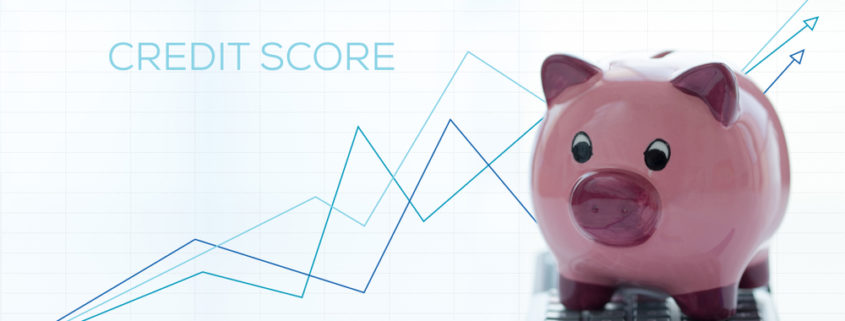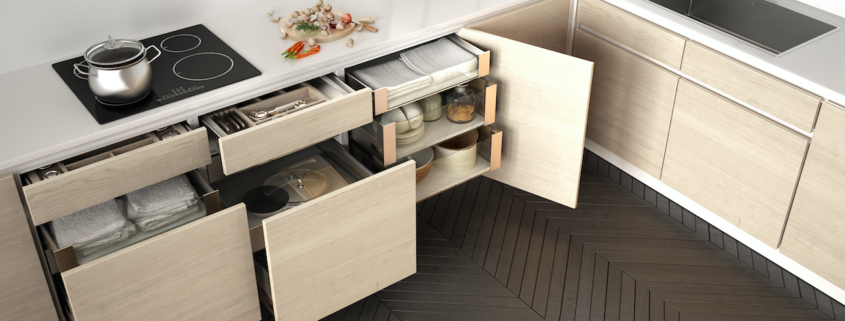Going through the mortgage process can either be very frustrating, or surprisingly easy, depending on the circumstances. There are a lot of myths and half-truths that are commonly perpetuated in the industry, so be sure to read up on the four mortgage myths below so you can be well-prepared before starting the process.
Realtors Don’t Care About Your Lender: You are always free to pick whatever lender you want, thanks to the Real Estate Settlement Procedures Act of 1974. However, many realtors will pitch you their list of lenders.
If you go with a lender who is not from the area, the entire process might be slowed down a lot since they might not have the necessary experience dealing with situations in the area of your home. Realtors do notice this.
Plus, many realtors working for sellers usually opt for buyers who have better quality loan approvals. This means local lenders usually will win out, since they are known and respected by local listing agents.
You’ll Always Get The Quoted Rate: Rate quotes can and do change across the day because they are linked to daily mortgage bond trading. If you give a lender enough information, they might be able to lock a quoted rate so you do not have to worry about the price changing.
Locking a rate runs with a property and borrower, so you can’t actually lock your rate until you have come across a home you are ready to buy. Before this, you’ll need to stay in close contact with your lender as you are shopping to get new rates.
Always remember that a loan payment will be predicated on the locked rate, not the APR. The APR is merely a statistic which aides you in understanding fees.
Lenders Use Your Optimal Credit Scores: Many think lenders are going to use the best credit scores, especially if you are applying for a joint mortgage. However, the actually pick the middle across three credit scores, and then take the lowest one between middle scores (if you are applying for a joint mortgage).
Your rates are tied to your credit score, so this process could significantly drive up your rate, or even make you not eligible for the loan. Make sure to ask your lender about any possible exceptions to see what they can do, but keep in mind these types of exceptions are rare.
One exception, for co-borrowers, has to do with big loans over $417,000. Here, lenders might use the credit score that is associated with the higher earner, if that score is higher than the other borrower.
Click here to learn how to buy a home faster and smarter!
Fixed-Rate Is Preferred Over Adjustable Rate-Mortgages: A lot of people started to go with 30-year fixed loans after the financial crisis in 2008. People liked this idea because the rate and payment never changes, even though the rate is always higher for longer loans.
Before choosing a rate, think about how long you are willing to be in the home or keep the mortgage for. There are a variety of calculators out on the market that you can weight the pros and cons of each loan depending on your situation.
Just make sure the loan term is as close to the amount of time you are willing to stay inside of the home. This is to make sure your financing is maximized.
Are you in the market to purchase a home in Rancho Santa Margarita, Coto de Caza, or Mission Viejo? Click here to talk to the Kovacs Connection Team today!
Courtesy of Cuselleration














